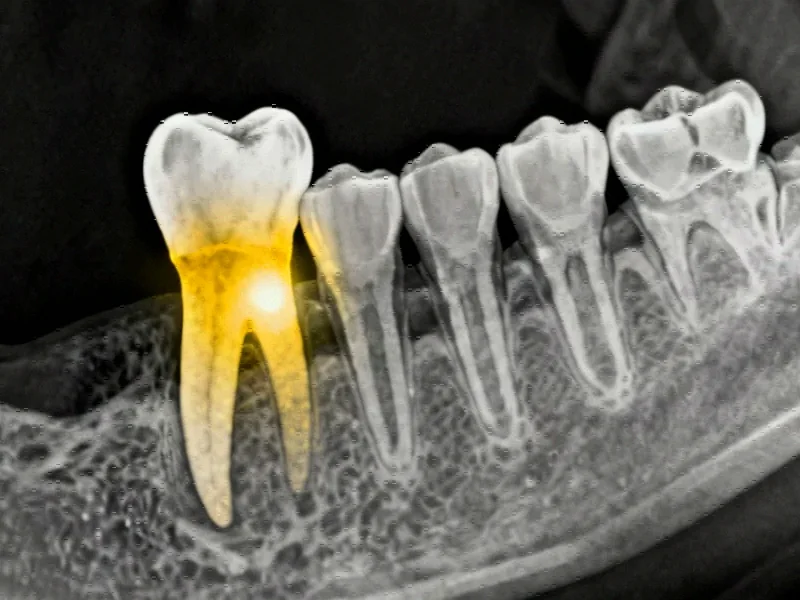Bridging Genetic Diversity and Drug Response with Machine Learning
In a groundbreaking initiative, researchers are leveraging artificial intelligence and machine learning to revolutionize treatment strategies for malaria and tuberculosis across Africa. The Africa GRADIENT project represents a paradigm shift in how we approach pharmacogenomics, particularly in regions where genetic diversity significantly impacts drug efficacy and safety. This computational approach marks a significant departure from traditional methods, offering the potential to tailor medications to Africa’s unique genetic landscape.
The integration of AI with pharmacometrics modeling addresses a critical gap in infectious disease treatment. While pharmacogenomics has transformed personalized medicine in many therapeutic areas, infectious diseases have historically received less attention. The project’s innovative methodology combines genetic variant data from African populations with advanced machine learning algorithms to predict how specific drugs will interact with individual genetic profiles.
Harnessing Africa’s Genetic Diversity for Better Treatment Outcomes
The research team utilized the 1000 Genomes Project data, analyzing genetic information from 2,504 individuals across 26 populations. Their analysis revealed crucial insights about genetic variants specific to African populations, categorizing them as non-African, Africa-abundant, or Africa-specific variants. This classification system helps identify which genetic factors are most relevant for drug response prediction in African patients.
Notably, the study found that genes encoding crucial drug-metabolizing enzymes, including CYP3A4, CYP2B6 and UGT1A1, contain a relatively high proportion of Africa-specific variants. This discovery underscores the importance of developing population-specific treatment models rather than relying on data primarily derived from European or Asian populations. These findings align with recent industry developments in personalized medicine approaches.
Innovative Machine Learning Framework
The research team developed a sophisticated ML/AI framework that predicts drug-pharmacogene interactions using multiple data sources. Rather than relying solely on existing literature, the approach incorporates:
- Biomedical knowledge graphs integrating drug and gene information
- Protein sequence embeddings and interaction data
- Comprehensive drug descriptors including chemical fingerprints and ADME calculations
- Protein abundance data and pathway participation information
This multi-faceted approach represents a significant advancement over traditional methods. The team formulated the prediction task as three distinct binary classification problems, training ensemble models to identify potential drug-gene associations with increasing specificity. This methodology demonstrates how computational predictions can compensate for limited clinical data in understudied populations.
Proof of Concept: Artemether and Rifampicin Case Studies
The researchers demonstrated their approach’s effectiveness through comprehensive case studies involving artemether (for malaria) and rifampicin (for tuberculosis). By integrating ML-predicted pharmacogene associations with physiologically-based pharmacokinetics (PBPK) and nonlinear mixed-effects (NLME) models, they showed how dosing regimens could be optimized for African populations.
This integration marks the first systematic demonstration of how machine learning pharmacogenomics predictions can enhance traditional pharmacometrics models. The success with these cornerstone medications suggests the approach could be extended to other drugs and disease areas. These advancements in pharmaceutical research complement related innovations in computational modeling across industries.
Addressing the Infectious Disease PGx Gap
The study’s analysis of PharmGKB data revealed a significant disparity in pharmacogenomic research focus. Only 14.2% of annotated drugs in the database target communicable diseases, despite the substantial burden these illnesses place on global health systems, particularly in Africa. Furthermore, infectious disease drugs average fewer annotations per drug compared to medications for non-communicable conditions.
This research directly addresses this imbalance by focusing specifically on malaria and tuberculosis treatments. The methodology could help bridge the PGx knowledge gap for infectious diseases, potentially improving treatment outcomes for millions of patients. The computational approach is particularly valuable in regions where large-scale clinical trials are challenging to conduct due to infrastructure limitations.
Broader Implications and Future Applications
The Africa GRADIENT project’s success has implications beyond malaria and tuberculosis treatment. The framework could be adapted for other diseases prevalent in Africa, including HIV/AIDS and various neglected tropical diseases. The methodology also offers a template for personalized medicine approaches in other genetically diverse populations worldwide.
As the researchers note, their approach demonstrates how computational methods can generate testable hypotheses for pharmacological optimization, particularly in data-scarce environments. This aligns with broader technology trends toward AI-driven solutions in healthcare and other sectors. The integration of diverse data types through knowledge graph embeddings represents a sophisticated approach to leveraging existing biomedical knowledge.
Technical Innovations and Computational Advances
The project’s technical achievements include the development of a comprehensive feature engineering pipeline that transforms diverse drug and gene characteristics into numerical representations suitable for machine learning. The use of 128-dimensional embedding vectors from Bioteque allows the model to capture complex relationships between drugs, genes, and their biological contexts.
This computational sophistication enables the prediction of drug-pharmacogene pairs even when direct PGx data is limited. The approach demonstrates how orthogonal biological information can compensate for sparse training data, a common challenge in precision medicine for underrepresented populations. These computational methods share conceptual ground with advanced automation techniques being developed in other scientific fields.
Connections to Cardiovascular and Cybersecurity Research
While focused on infectious diseases, the project’s methodology has parallels with other cutting-edge research areas. The use of computational predictions to understand complex biological systems resembles approaches in cardiovascular research, where protein interactions drive tissue repair mechanisms. Similarly, the data integration challenges addressed by the project echo concerns in cybersecurity, where sophisticated algorithms must process diverse data types to identify patterns and threats.
The project also reflects broader trends in computing toward specialized, AI-driven applications across industries. As computational power increases and algorithms become more sophisticated, we can expect to see similar approaches applied to an expanding range of medical and scientific challenges.
Conclusion: Toward Truly Global Precision Medicine
The Africa GRADIENT project represents a significant step toward inclusive precision medicine that accounts for global genetic diversity. By developing computational methods specifically designed to address the PGx knowledge gap in African populations, the research team has created a framework that could improve treatment outcomes for millions of people.
The successful integration of machine learning predictions with established pharmacometrics models demonstrates the potential of AI to accelerate personalized medicine in regions where traditional clinical research faces significant challenges. As these methods mature and expand to other diseases and populations, they promise to make precision medicine truly global in scope, ensuring that patients everywhere benefit from treatments tailored to their unique genetic makeup.
This article aggregates information from publicly available sources. All trademarks and copyrights belong to their respective owners.
Note: Featured image is for illustrative purposes only and does not represent any specific product, service, or entity mentioned in this article.



